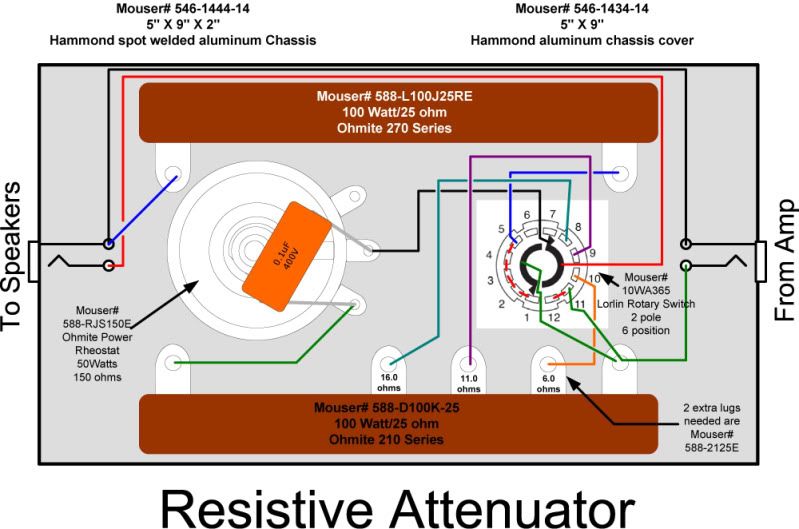Attenuators don't suck tone.
They do change the way your speakers and particularly your ears respond, so you may think they do. But the actual change of tone is very minimal if there at all, and you can prove it (if you want) by recording attenuated and unattenuated versions of the same sounds and playing them back at the same final volume. There may be a small difference - due to the speakers - but you may be very surprised how little.
The biggest mistake to make with an attenuator is to crank the amp right up, get a great tone, then dial the attenuator right down and expect the tone to stay the same but quieter, without changing the amp settings. It won't, and that's why they are thought to 'suck tone'.
Reducing volume always gives the impression of worse tone, that's a well-known effect, and it will always happen if you click down the volume, even if there was NO tone change. What you have to do is to decide on the volume you want first, then adjust the attenuator and the amp's volume to give you that volume level (it's usually best to 'balance' them so each is doing the least work possible, rather than one high and one low), then dial in your gain and EQ.
I use attenuators (Powerbrake, Hotplate, and have used others) all the time with amps, including my Tremoverb at home, and they give me much better tone than I could get at the same volume without - right down to bedroom volume, if needed. But to do that, you don't start with the amp cranked - you start with the attenuator turned down and dial the amp in from there.
Don't blame the tool if you don't use it right. No offense intended.




